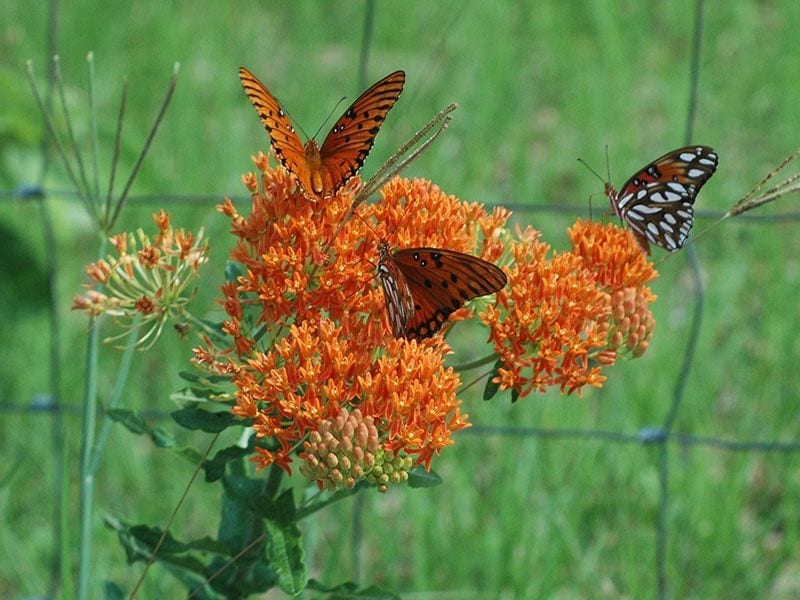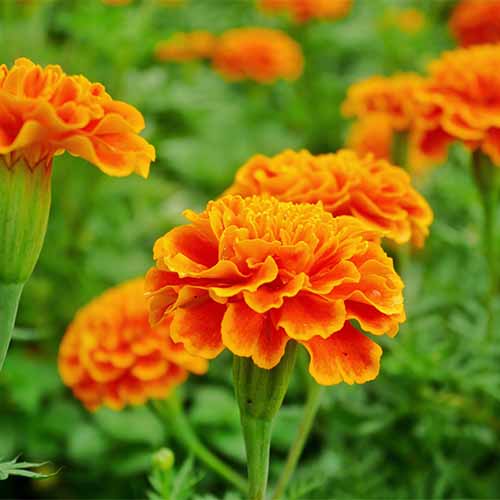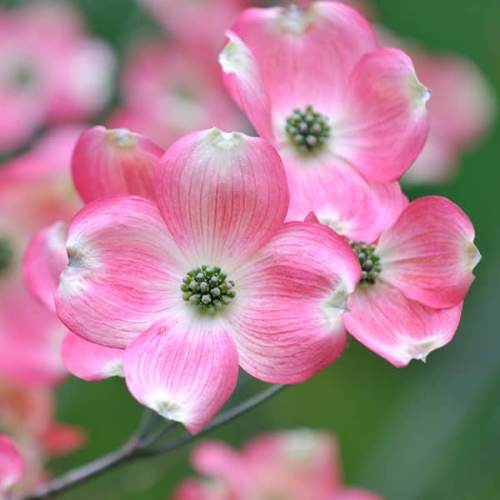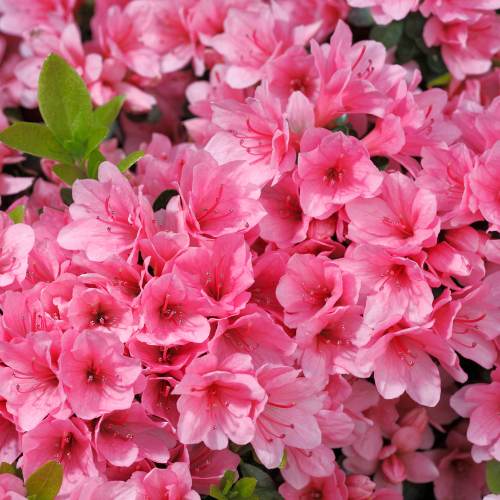Attracting butterflies to your garden is not only possible – it’s easier than you think. With just a few thoughtful choices, you can turn your yard into a haven for these fantastic, fluttering fancies. By understanding their needs and planting the right flowers, you’ll not only bring butterflies to your space but also encourage them to stay longer.
Understand the Butterfly Lifecycle
Butterflies have four generations each season. The first three live short lives – usually just 6 to 10 weeks – from spring through late summer. However, the final generation, born in late summer, lives for months and undertakes the long journey to and from their wintering locations. As a result, your garden should support them at every stage of life.
Provide Food, Shelter, and Safety
Like many creatures, butterflies need food, water, and shelter. To start, make sure to include host plants for caterpillars, nectar plants for adults, and places to rest and hide. Herbs like parsley and dill are perfect for hungry caterpillars. Meanwhile, colorful annuals such as alyssum, lantana, petunias, and zinnias provide a long-lasting nectar source.
In addition, native perennials like butterfly weed, cardinal flower, and coneflower are true butterfly magnets. Shrubs such as butterfly bush, smooth hydrangea, and summersweet offer both food and protection. When you combine different plant types, you create layers of habitat that make pollinators feel at home.
Moreover, staggering your plantings and bloom times keeps your garden continuously in flower. That way, butterflies will always find something to eat—from early spring through fall—and may stay in your yard throughout the season.

Butterfly Weed
Support with Structures and Water Sources
Butterfly houses and insect hotels are excellent additions, offering shelter and safe havens. Because of this, pollinators stay close to their food and have greater success in your garden. More pollinators mean more flowers, fruits, and vegetables—a win for everyone.
Additionally, don’t forget water. To easily provide a source, fill a shallow saucer with damp sand, gravel, or pebbles. Butterflies will “puddle,” drawing up minerals and moisture. As a bonus, overripe fruit like melons, bananas, and citrus can be placed in the garden for an irresistible treat.

Marigold

Coneflower

Dogwood
Plant Selection: What to Include
We’re lucky to have over 200 species of butterflies and moths here on Long Island. Therefore, planting a wide variety of species will help attract many different kinds. So why not see how many you can bring to your yard?
Annuals: Ageratum, Alyssum, Million Bells, Cosmo, Lantana, Marigold, Penta, Petunia, Zinnia
Herbs: Dill, Fennel, Parsley, Sage
Tall Perennials: Aster, Bee Balm, Black-Eyed Susan, Butterfly Weed, Cardinal Flower, Coneflower, False Indigo, Garden Phlox, Goldenrod, Joe-Pye Weed, Liatris, Lupine, Milkweed, Sedum, Tickseed, Turtlehead
Low-Growing Perennials: Aster, Bleeding Heart, Columbine, Creeping Phlox, Hardy Geraniums, Violas
Shrubs: Azalea, Blueberries, Butterfly Bush, Cotoneaster, Daphne, Fothergilla, Red Twig Dogwood, Smooth Hydrangea, St. Johnswort, Summersweet Clethra, Viburnum
Vines: Dutchman’s Pipe, Honeysuckle, Virginia Creeper, Wisteria
Trees: Dogwood, Eastern Redbud, Red Maple, White Oak, Sourwood

Bleeding Heart

Black Eyed Susan

Azalea
The More You Plant, the More They’ll Come
Creating a butterfly garden is a joyful way to connect with nature—and it’s easier than you might expect. By choosing the right mix of plants and also adding thoughtful touches like puddling stations and pollinator houses, your garden will soon be alive with color and movement. Even if you’re starting with just a few plants, you’re building a habitat that helps butterflies thrive. Ultimately, each choice you make—no matter how small—supports pollinators and strengthens the ecosystem around you. So, whether you’re planting a patch or designing a full garden, enjoy the beauty you’ll cultivate and the butterflies that will surely follow.
